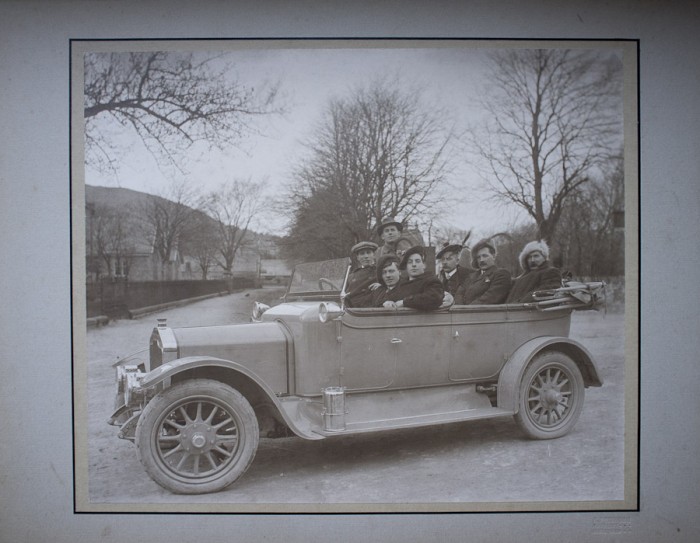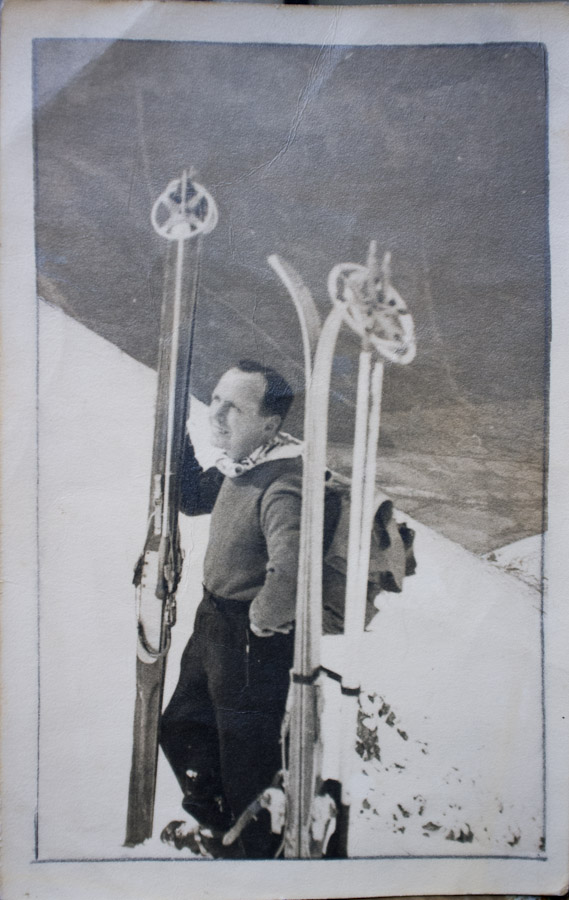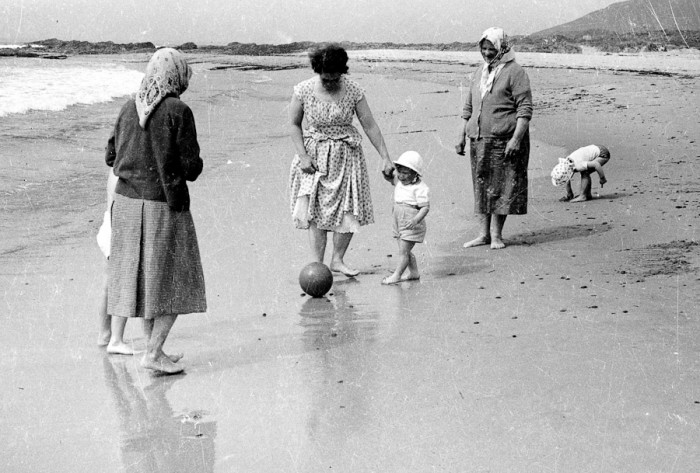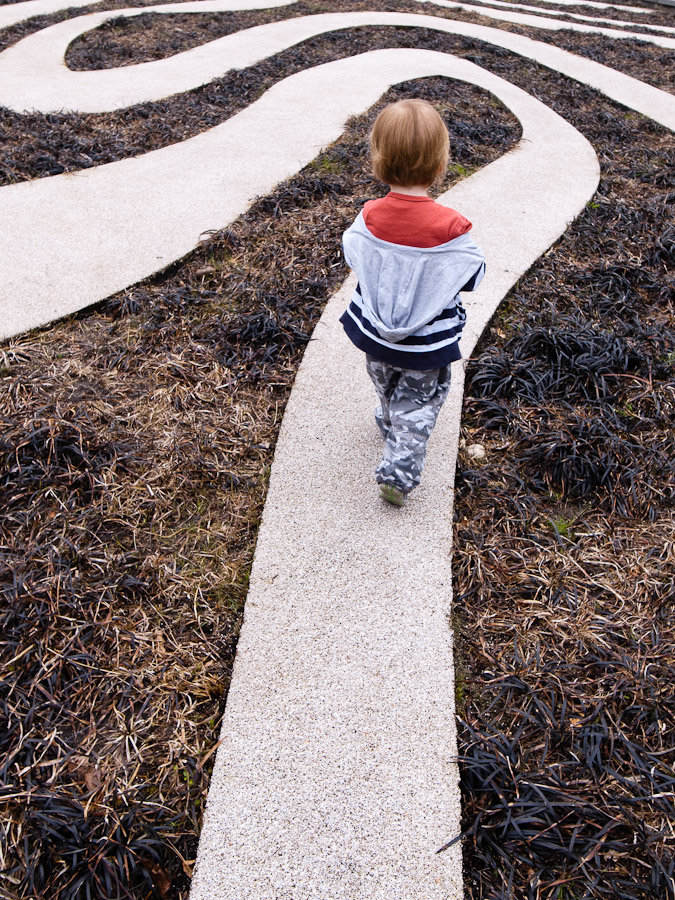Time and the filter of experience
Written by John MacphersonI’ve read several interesting articles over the last few days which got me thinking, and one final article this morning which got me ….perturbed, just a little, but perturbed all the same. There seemed to be a common thread running through all of them……well to my mind at least.
I first read a thoughtful and thought-provoking article entitled ‘From Memory to Experience: The Smartphone, a Digital Bridge’ by Stephen Mayes (VII Photo Agency) on Jens Hass blog, (Drawings, Photographs and Notes from Nowhere).
In exploring the ways that smartphone technology and instant messaging has changed the way we view the world, and the implications this has for journalism, photojournalism and audiences, Mayes remarks:
Memory and experience
Most online imagery is less spectacular and the drama is usually of a more mundane nature, but the principle of streaming communication is the same. It’s a flow of information without editorial architecture that the viewer assembles over a period of time to learn about the author’s experience. Time becomes the crucial component. Few single images convey the message in isolation but like the frames of a movie they accumulate to express the experience of the author, and to become an experience for the viewer.Validation
The Smartphone has tapped another need that’s deeper than collecting memories or indeed of storytelling. We talk about information and data as though this were the point of the new digital tools, and information transfer is indeed one of the functions. But for many of us information is itself only a vehicle for a more powerful need for validation, a means of placing ourselves in society. The Smartphone is uncorking a profound psychological driver that underlies our social existence.
Speaking at a seminar in July 2012 Jake Levine, General Manager of the online news aggregators News.me and Digg.com, talked about his company’s research into why people want news. Paraphrased, he reported that when asked why they consume news people come up with a variety of reasons such as wanting to be informed or to know what their friends find interesting or an urge to help, but if you keep asking ”why?” to each response it boils down to a single common motivation. “I want to understand how I fit in the world.”
“Why I use filters
The pictures of my childhood had a warmish, faded, slightly out of focus feeling. They are the memory of things past, comfort food for the eyes. It seems natural for me to add the option of nostalgic filters to my photographic process.
When we discover an old, faded, cracked and torn image, we handle it with care and respect. Time has honored it with its blessing.
My digital images, however, will never see the ravages of time. They’ll always remain, preserved, pristine and forever in their original state, in the perfection of now, without the possibility of the flaws of the past creeping in and eroding it.
I want my memories, like the prints of my childhood, to fade, to mix with the ether of all that has come before. Because I know that time cannot touch my digital images, I add in the passage of time by using filters.
Embracing the present
It is all about time. It’s about the time we are losing, and what the future will do to our memories. It’s about the fact that technology can instantaneously compress our collective thoughts and images into binary digits of 1’s and 0’s.
We have a sea of images now. On the horizon, I see the forming of a new photographic language. Let’s embrace photography, as it exists now. And let’s continue to find our individual voice, perspectives, stories and style, regardless of the medium.”
Two eloquent, but different takes on the ways we might interact with and understand the message delivered by this challenging new technology and “the sea of images” that it is generating. The common factor in both articles is time. What is interesting to me though is the way each author regards time in the context of photography.

My grandfather (driving car) with his cronies. Fort William over one hundred years ago. © John MacPherson
Mayes considers each image as a single frame in a longer narrative, each building upon the previous to provide a wider whole, because “Few single images convey the message in isolation but like the frames of a movie they accumulate to express the experience of the author, and to become an experience for the viewer.”
Hernandez however sees the possibility of transcendence in each individual frame, but “Because I know that time cannot touch my digital images, I add in the passage of time by using filters.”
The interesting thing about both articles is that I can appreciate both perspectives, and whilst I find some aspects of Hernandez proposition slightly troubling, I don’t necessarily see them as completely contradictory. I think this is the exciting nature of the smartphone revolution, given the billions of images being produced, all sorts of futures are possibilities.
So what made me perturbed?
An NYT article I read this morning: ‘Why we should take fewer pictures of our children’.
The author David Zweig states:
On the surface a child’s preoccupation with personal photos seems quite benign, or even beneficial. Children need to develop an awareness of themselves and of their relation to others, and looking at photos of themselves with their friends and family very likely helps build this recognition. Indeed, several studies suggest that self-focusing stimuli (such as mirrors, or photos of oneself) increase self-consciousness.
And yet I fear her photo obsession may hasten her self-consciousness to a degree that’s no longer constructive. Early sexualization of young girls and grammar school kids being overly concerned with brands are just two of the innumerable specific elements of the much-bemoaned “Kids Getting Older Younger” trend that are widely written about. And yet a macro component of KGOY — precocious self-awareness — is not talked about enough, if at all. Alain Morin, a psychologist at Mount Royal University, in Canada, who studies self-awareness, told me: “There is no doubt that kids nowadays get far more exposed to self-focusing stimuli than we adults used to at their age, especially with digital cameras, cellphones, and the easiness of posting these images and videos online.”
Like most everything, self-awareness is healthy in moderation, and problematic in excess. For adults excessive self-awareness has links to a host of ills from anxiety to vanity. Though he was careful to mention that not all the effects are negative, Dr. Morin noted, “frequently being photographed and filmed likely induces self-awareness and thus self-evaluation, self-criticism, and may lead to other aversive consequences.”
Not only is the viewing of photos of oneself potentially problematic, but the act of getting those photos taken has an effect on us as well. Our children’s lives are being documented to a degree never done before. My parents have one photo album for every year or two of our family’s history, with four pictures on each page, carefully placed under the cellophane. By contrast, I often have over 100 new pictures per month added to iPhoto on my computer. Like adults, kids often act differently when they know the camera is on. There’s a reason posed shots almost always seem so awkward and artificial compared with candid ones. The very act of documentation, ironically, affects the moment it is trying to document.
I don’t agree with much of this proposition. If there is such a ‘problem’ it lies not with the children but with their parents. And with their failure to teach their children how to ‘see’ properly. We teach our children A-B-C. To read books, to pronounce words, to understand the sentences we show them. We play language games with them such as poetry in the form of nursery rhymes, where the ‘meaning’ is more than the simple line-up of words, where metaphor, analogy and inference all come into play. But we seem ill-equipped to teach our children how to bring these interpretative skills to bear with images. To teach the A-B-See if you will. Where is the visual literacy training in our education system? Without such skills how will our children learn to properly ‘read’ these growing billions of images now confronting them?
I was somewhat annoyed by Zweig’s article because I am a home dad, with a camera and a smartphone. My (working) partner cannot spend the time with our son as I do, so I photograph what we do together in her absence. I have photographed our son since birth, his first play group, attending the infant ‘dance’ class at 9 months old, through a variety of experiences: in winter up hills in the snow in his backpack, in summer riding in the bicycle trailer, kicking piles of leaves with friends in the autumn, shopping in the supermarket, all recorded in little vignettes, stills mostly but some video clips too. A mix of the mundane and the marvellous. And what my son and I have done is download those images and look at them together, then share them with his friends and relatives; and when younger William would listen to me talk about them, about him, and the friends he was with, the things we were doing. Now that he’s almost five we can talk together about the images, about what they look like, how they make him feel, what they mean. And he is developing an understanding. He is learning to properly read these images, and so also to understand what the ‘I’ in ‘I was there, I did this, I felt this’ actually means. And he also pores over our wonderful collection of old family images, sees his own likeness reflected in old photos of my dad, and my grandfather. Understands (I hope) the value of succession and recording.
Mayes proposition rings true for us: “Few single images convey the message in isolation but like the frames of a movie they accumulate to express the experience of the author, and to become an experience for the viewer.” These photographs of my son, and our family, are more than just individual images, they are an ongoing narrative that we are writing together. Its a story, the story of his life, our life.
It is perhaps no coincidence that William has a well developed, and growing, sense of self and self-confidence. Through viewing the images we’ve gathered he has listened to the praise of his mum for his achievements that she has witnessed vicariously, which she might otherwise have missed, and he has chuckled conspiratorially with us when we’ve shown him his infant ‘misdemeanours’, such as pulling off Santa’s beard in the nursery Christmas Party. William is already developing keen powers of observation, awareness, and a sense of the stories of life that we are all a part of. These skills can only be of value to him as he grows older.
And this is where I fundamentally disagree with Hernandez when he states:
My digital images, however, will never see the ravages of time. They’ll always remain, preserved, pristine and forever in their original state, in the perfection of now, without the possibility of the flaws of the past creeping in and eroding it.
I want my memories, like the prints of my childhood, to fade, to mix with the ether of all that has come before. Because I know that time cannot touch my digital images, I add in the passage of time by using filters.
This manipulative process is only about the surface. The fading, cracking and dog-eared edges of the photographs we deem precious have all come about through time and reverence: through handling, viewing, touching as they age. But more important than that, they become precious through the sense of distance they imply by comparison with the fading of our older selves. Our ‘likeness’, in the photographs of us, always remains the same, it is we who fade and age. There is no “….. possibility of the flaws of the past creeping in….” to change our image, only the certainty of the flaws of our future which change us.
Already my son can see “the ravages of time”– which for a four year old is to observe yourself as a just-born bundle of potential, see yourself become a self-propelling entity crawling on all fours, and finally walking upright tentatively and hilariously, stumbling, teetering and grinning joyously. He will see himself age as he compares his future ‘present self’ to the forever youthful one in our images. He will read all this in our photographs, in his story which we have started to ‘write’ together frame by frame since his birth, and that he will continue to write on his own when I am gone.
Time will age him, fade him, and his memory of everything that has come before. But how wonderful for him to have such a visual record of his young life, and the experiences that will have shaped him and, I trust, made him a thoughtful and considerate, observant individual. And how wonderful for his children to have this too.
So, two things to conclude:
Better I think to take more pictures of your children, rather than fewer, but to talk about these images, explain them, use them to teach your children to see, and to understand the world around them and where they fit within it, to develop what Hernandez correctly foresees as a “new photographic language”. And above all simply enjoy them for what they are, joyous fragments of experience.
And finally, adding ‘age’ and as a result somehow bestowing a different ‘value’ on your photos by the use of a filter is a matter of personal choice, but always be aware it is an illusion. Age comes to all of us and our images eventually. But the true value of ‘age’ lies in the fact that we waited for it, and waited also for the experiences that of necessity that wonderful passage of time brought to us as a consequence.
There is no substitute for time and the filter of experience.




Discussion (2 Comments)
Hmm, John, yes, in the main, I subscribe to what your saying especially re: filters etc, but at what point does taking more photos of our kids, our lives, detract from the experience? if we are doing something we have done before just a week or a month ago, like a walk in the same park, I am less likely to bring my camera so that I can concentrate on being there and interacting with my wife and son – of course there’s always the smart phone as backup. I also consciously make less photos than I might have otherwise when I do bring the camera, for instance those first times at everything, or repeat activities done when he’s a little older. I don’t want it all to be about the photographs though I do want reminders, memories of these times too. I think like most things it is finding that balance. As with anything I [we?] tend to over indulge in something new; photography, Instagram, a new album by that band you like, until it gets too much. After that one might find the point where there is balance. I personally can’t wait to look back on these photographs with him, and nudge, smile, laugh with each other but I also want to be able to say “Remember when we…” not just “Remember when you…” Sorry, I don’t think I’m being that eloquent here, but I do wonder about time spent with a person vs than behind a camera with them.
On the self-awareness issue I think that is partly a societal construct. My question, that maybe cannot be answered, is whether in previous times/ages children or teenagers had more self-awareness because they were considered sexually mature with the onset of puberty, and therefore also for marriage? In a society where you can be married off at 12, when does the awareness of that and it’s implications kick in? Is the internet age and flood of imagery associated with it deconstructing that barrier? Again, this is not a fully-fledged thought unfortunately.
Thanks for commenting Ed.
“but at what point does taking more photos of our kids, our lives, detract from the experience?”
A good question, and for me it would be at the point where it all becomes intrusive and directed/stage-managed for the camera, and technical perfection takes precedence over simply being in the moment. I try to gently grab these moments as we’re involved in them eg William and I mountainbike down the trail, he’s in his safety bar seat all happy in front of me, I use one hand to steer and take a short videoclip with the other hand, camera facing us. It ‘fits’ with the moment, and he loves the replay later. Thats why I’ve long enthused about tiny compacts which enable you to immerse yourself in the moment and then quickly snap an auto-everything vignette.
“but I do wonder about time spent with a person vs than behind a camera with them.”
I think thats the crux of this. Time spent constructively at either end of the photographic process (or during it) is vital. My son and I do great stuff together, and I record aspects of it. And then later we look at what we’ve done, discuss it, enjoy it with mummy, or sometimes just we two. Its ALL quality time, and there is no substitute for that. Many of my favourite images are characterised by their meaning for us of ‘the moment’, and technical perfection is of little real relevance.
But I note you carefully said “…..vs than behind the camera with them” And thats an important distinction.
The key phrase for me in all of this is “quality time” whether with a camera, without a camera, or even looking at the images later, or talking about the activity in the absence of any images.
As for the last paragraph. I have no idea! More to think about………………..